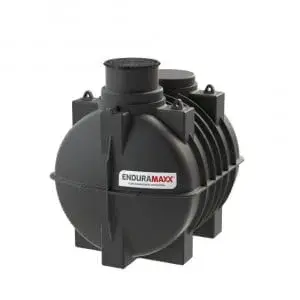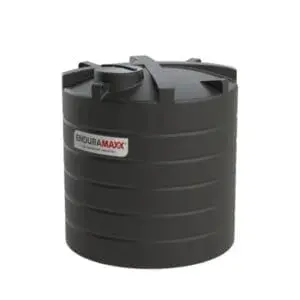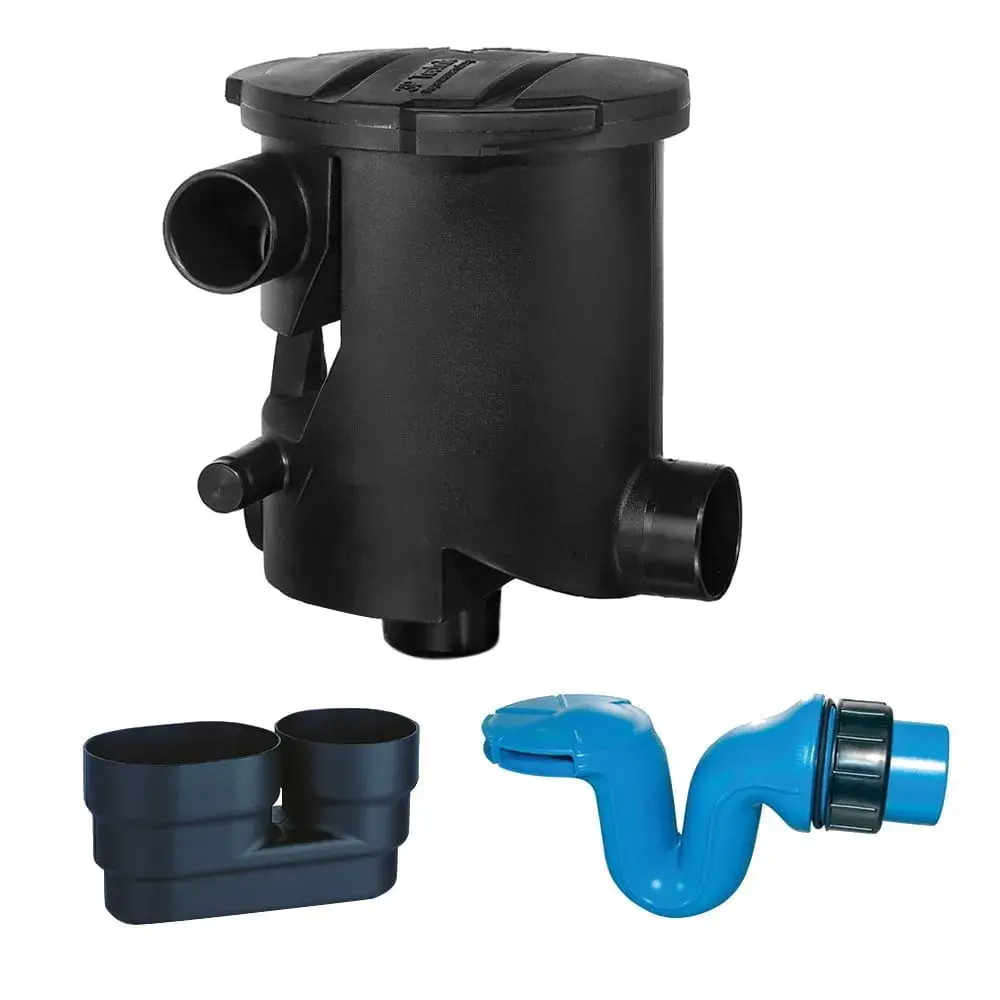Solids removal from aquaculture wastewater is required as rearing fish produces waste products – both solids and dissolved contaminants. In some cases, the suspended solids can make up about 25% of the feed used.
The first step in treating wastewater from fish rearing tanks is to get rid of the solids. After that, dissolved contaminants like ammonia and nitrates are removed, and then, after additional treatment, the water can be recycled back into the fish rearing tanks.
The methods of removing the solids from fish farms differ from those needed in the treatment of sewage or other effluents. The fish farms have a high rate of water flow and relatively low pollution levels.
In this article, we look at the removal of the solids in aquaculture water treatment.
Why Does Water Need Treatment In Aquaculture?
The breeding and culture of fish results in a need for solid residues which require solids removal from aquaculture wastewater treatment. They come from:
- Fish faeces
- Uneaten food
- From the external source of water
- Micro-algae and bacterial growth
Various factors affect this:
- The quality of the feed
- The amount of the feed
- How the feed is given
It is important to remove the solids as soon as possible since they degrade in the water and become harder to remove as well as affecting the quality of the water for optimal fish breeding. As little turbulence as possible is best.
The sedimentation rate is measured in centimetres per second and 1 cm/s is considered an ideal rate. Since the specific gravity of fish faeces is nearly the same as the water they will only sink slowly – on the other hand, minerals like sand are heavier and sink faster. The solids accumulate as a suspension of fine particles in liquid and is given the name of “sludge”.
What Types Of Water Treatment Are Used In Aquaculture?
Using gravity to allow the solids to settle and filtering the water in various ways removes the solids. The rate of water flow is linked to the rate of sedimentation. The use of conical tanks for settlement makes the removal of the sludge at the bottom of the tank easy – and any turbulence is minimised.
How Are Clarification Tanks Used For The Removal Of Solids?
The primary treatment for the removal of solids from water is carried out in clarification tanks and is the first stage in treatment. It can reduce the number of suspended solids by 50-60%, and the biological oxygen demand (BOD) by 20-30%.
Enduramaxx have a range of plastic clarification tanks in various sizes. You can view our clarification tanks here
Settled solids fall to the cone on the tank and can be pumped away as sludge. From these clarifier water treatment tanks, water and wastewater are pumped into storage tanks in the wastewater treatment plant.
Filters For Aquaculture
There are many types of filters. Simple gravity filters using materials like sand or gravel, including drum filters, disc filters, and belt filters. Pressure or centrifuging can also be used in some systems.
Once the primary filtering has been accomplished then further treatment can be added:
- Further filtering
- Settlement in a settlement tank
- Flocculation and coagulation
- Dehydration
- Drum filters
- Use of textile bags
Settlement Tanks
This is where secondary clarification occurs. The Enduramaxx conical tanks have a cylindrical upper part and a conical bottom. They allow a continuous flow of water. The solids slowly sink into the cone and can be easily removed through a valve on an automated timing system. The clean water at the top of the tank can be recirculated.
Some systems include flocculation and coagulation – the flocs sink to the base of the cone and can be removed with ease. The coagulants promote dissolved substances to aggregate into microscopic particles. The Flocculants cause the coagulated particles to floc together into a macroscopic floc which sinks to the bottom of the cone for removal. The environment agency monitors the concentration of suspended solids in discharged water and there are penalties if this is exceeded.
Conical Tanks For Settlement
Conical settlement tanks can be used for settlement. The rotationally moulded plastic ensures that there are no rough inner surfaces to slow down the settlement. The conical shape makes removal of the sludge easy, and all the necessary fitting can be supplied according to your need. The tanks come with a galvanised steel frame to make all the fittings and access easy – our range of conical tanks is available here – here
Aquaculture Wastewater
The treatment of aquaculture wastewater involves the removal of solids. The solids come mostly from feed and faeces. Careful calculation of the amount of feed, as well as its quality, will help to reduce the amount of solid material that needs to be removed.
The primary treatment uses mechanical filtering by gravity, and this can be followed by secondary treatment to further clarify the water, which is then reused. Enduramaxx can supply clarification tanks for the primary treatment and settlement tanks for the second phase.
To discuss solids removal from aquaculture wastewater, please give us a ring on 01778 562810 to find the right solution for you.
Posts By Topics
- Blog (303)
- Chemical Storage Tanks (118)
- Chemical Dosing Tanks (114)
- Chemical Tanks (114)
- Water Tanks (58)
- Rainwater Harvesting Tanks (43)
- Vertical Rainwater Tanks (31)
- Vertical Storage Tanks (31)
- Cone Bottom Tanks (19)
- Conical Cone Tanks (18)
- Rainwater Harvesting (17)
- Water Bowsers (15)
- Horizontal Tanks (14)
- Potable Water Tanks (13)
- Farming (9)
- Case Studies (8)
- Industrial Storage Tanks (7)
- Liquid Fertilser Storage Tanks (6)
- WRAS Approved Potable Tanks (6)
- Wine and Beer Production (6)
- Horizontal Transport Tanks (5)
- Microbrewery (5)
- Rainwater (5)
- Category 5 Break Tanks (4)
- Cider Production (4)
- Mixer Tanks (4)
- Molasses Tanks (4)
- Polyethylene tanks (4)
- Rainwater Filter Kits (4)
- SPECIALIST & BESPOKE TANKS (4)
- Bunded Tanks (3)
- Slimline Tanks (3)
- WRAS Approved (3)
- Clarification Tanks (2)
- Crosslinked Polymer Tanks (XLPE) (2)
- Fertiliser Tanks (2)
- Sump Tanks (2)
- Tank Installation (2)
- Water Butt (2)
- underground water tanks (2)
- ACCESSORIES & FITTINGS (1)
- ATV & UTV SPRAYING UNITS (1)
- Above Ground Effluent Tanks (1)
- Bespoke Tank Frames (1)
- Category 5 Turret (1)
- Caustic Soda Tanks (1)
- Closed Top Bunded Tanks (1)
- Craft beer (1)
- Effluent Tanks (1)
- Enduramaxx (1)
- Ferric Chloride Tanks (1)
- Fire Safety Regulations (1)
- Fire Sprinkler Water Storage Tanks (1)
- Industrial Water Tank (1)
- Open Top Bunded Tanks (1)
- Open Top Cone Tanks (1)
- Open Top Vertical Tanks (1)
- Polyethylene Potable Water Tanks (1)
- Polyvinylidene Fluoride (PVDF) Tanks (1)
- Polyvinylidene Fluoride Tanks (PVDF) (1)
- Pressure Washers (1)
- Pro Series Spot Sprayers (1)
- RWH (1)
- Sodium Hydroxide Storage Tanks (1)
- Sprayer Fill-up Tanks (1)
- Uncategorised (1)
- liquid fertiliser tank (1)
Sign up to the newsletter
enduramaxx.marketing
Related Posts
Food Waste Storage Tanks For The Food Industry
Food Waste Sludge Storage Tanks are used to store drinks and food processing and washdown waste...
Cone Tanks For Solids Settling: Up To 30,000 Litre Tanks
Cone tanks for solids settling – many fine solids that cannot be screened can be settled in cone...
Solids Removal & Separation Tanks For Screens & Filter Press
Conical Solids removal & separation tanks for screens & filter press are increasingly used with...
Related Products
From £1,080.00 inc. VAT
£900.00 exc. VAT
From £1,344.00 inc. VAT
£1,120.00 exc. VAT
From £768.00 inc. VAT
£640.00 exc. VAT
£480.00 inc. VAT
£400.00 exc. VAT






